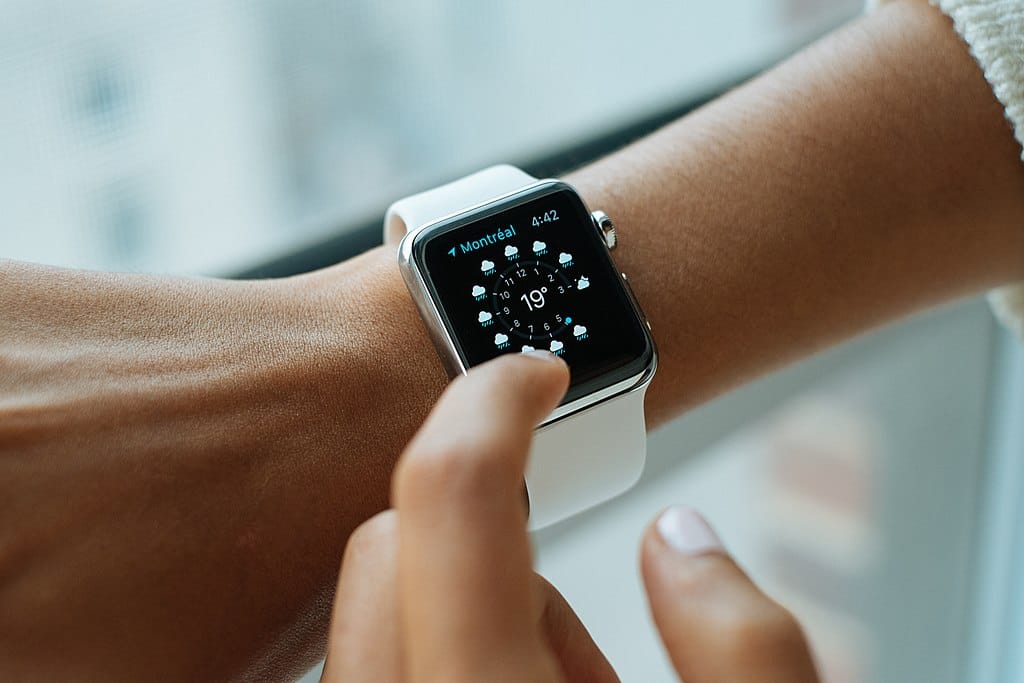Apple has restored the blood oxygen feature for certain Apple Watch models in the U.S. following an 18-month hiatus caused by a patent dispute. The feature is now available through software updates iOS 18.6.1 and watchOS 11.6.1 released on August 14, 2025.
The return comes with a significant change in how the feature works. Blood oxygen data is now measured by the watch but calculated on the paired iPhone rather than on the device itself. Users will need to check the Health app’s Respiratory section to view their results instead of seeing them directly on their wrist.
“This update was enabled by a recent U.S. Customs ruling,” Apple stated in its announcement. The company had been forced to disable the feature in January 2024 after the U.S. International Trade Commission found that Apple’s implementation infringed on patents owned by medical technology company Masimo.
The feature is available for U.S. owners of Apple Watch Series 9, Series 10, and Apple Watch Ultra 2 models that shipped without blood oxygen capabilities. Watches purchased before the ban that already had the original feature remain unchanged, and international Apple Watch units were never affected by the restrictions.
To enable the blood oxygen feature, users must update both their iPhone and Apple Watch to the latest versions. The Apple Watch SE has never supported blood oxygen monitoring and remains unaffected by these changes.
Similar Posts
This workaround allows Apple to comply with the ITC ruling while still providing the functionality to users. By shifting the computation from the watch to the iPhone, Apple appears to have found a path that satisfies U.S. Customs requirements while avoiding Masimo’s patent claims.
The timing is notable as Apple is expected to announce new Apple Watch models next month. The restoration of this health feature removes a potential barrier for customers considering an upgrade.
Blood oxygen monitoring, or pulse oximetry, measures oxygen saturation levels in the blood without requiring a blood sample. Apple first introduced this feature with the Apple Watch Series 6 in 2020, during a time when COVID-19 had heightened awareness of respiratory health.
This development is part of Apple’s broader push into health features. Recent additions include sleep apnea detection, ECG functionality, and hearing health features for AirPods, showing the company’s continued focus on health monitoring capabilities across its product line.
The dispute between Apple and Masimo remains ongoing, with multiple legal cases still in progress, including Apple’s appeal of the original ITC ruling and separate patent infringement claims between the companies.






